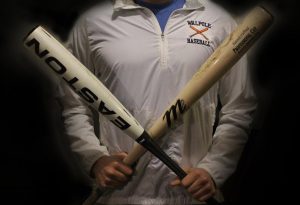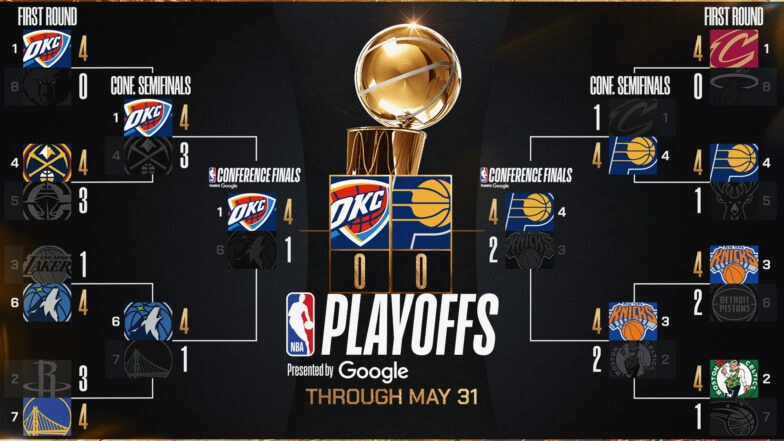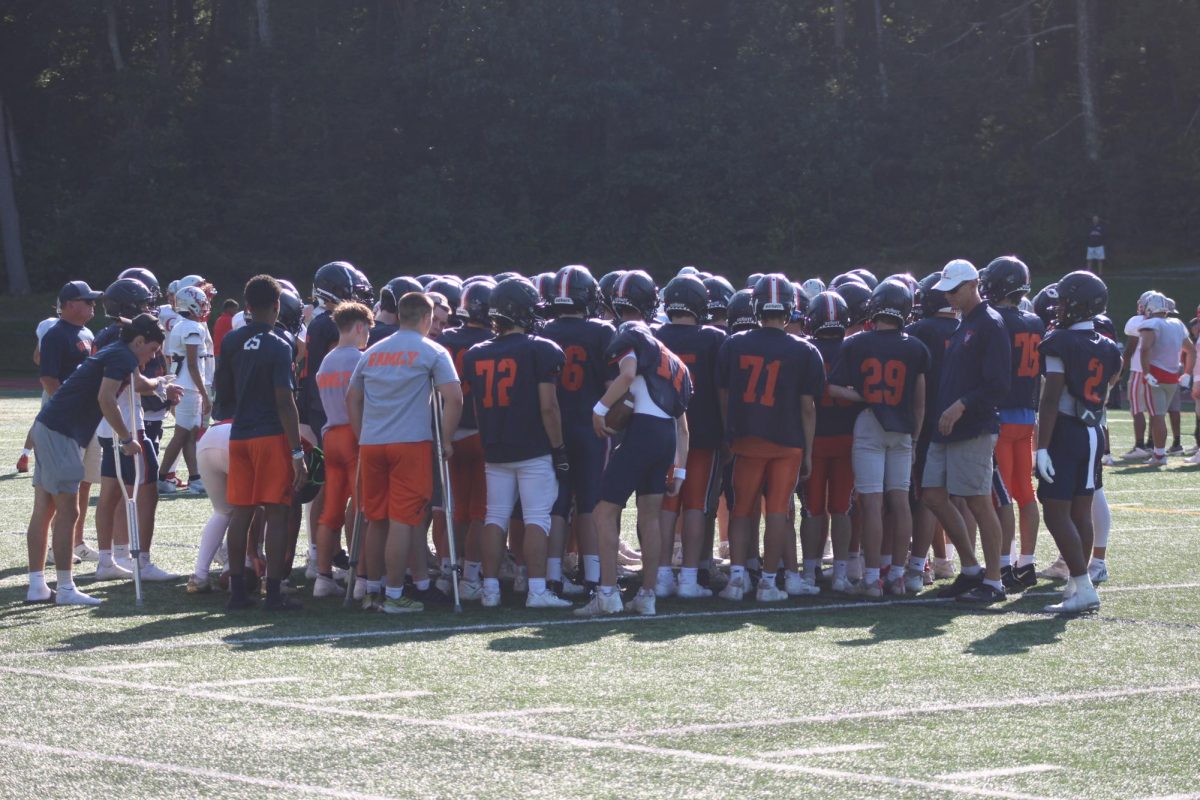
On a May afternoon 13 years ago at Bird Middle School, a line drive rocketed off a metal bat and smashed into the face of Wellesley’s Bill Hughto, who was then rushed to Mass General Hospital. Fortunately, the pitcher was fine after treatment, but the injury would cause a ripple effect that would affect the Bay State Conference for years to come.
Since 2002, in addition to playing nine-inning games, the Bay State Conference has been one of three leagues in the state of Massachusetts to require the use of wooden bats in games between its fellow league members (the others are the Greater Boston League and Catholic Conference). The rule was pushed through in the wake of the injury to Hughto during the 2001 season.
Every year when the league’s coaches and athletic directors meet, the topic is always discussed at length. Coaches are content with the ruling, but the choice of preferred bats is split. This year, Coach William Tompkins and the other “old school” coaches prevailed in the vote, meaning that the B.S.C. will stick with wood bats and nine inning games for the 2014 season.
“I can deal with the wood bats as long as we can play nine innings,” said Coach Tompkins, who is a metal bat proponent. “The wood bat makes the game go by quicker, so we can play two more innings. Most of the coaches in the Bay State would rather play with the aluminum, but they have the same philosophy as I do: they would rather play nine innings than seven. ”
With the aluminum bats, teams can score more runs and make the game more exciting for all in attendance. In the 2013 South Sectional Semi-final, Walpole saw first-hand how aluminum bats can drastically change the outcome of a game. The Rebels were up 6-0 in first inning, but Bridgewater-Raynham–who is an aluminum bat team–came roaring back and eventually won the game 13-9.
“If Bridgewater-Raynham used wood bats, I don’t know if they could have come back,” said Tompkins. “They were a good team, but I’m not sure if they would have scored that many runs with the bats we were using.”
Aluminum bats are lighter to swing than wood ones, and the ball flies off faster. The so-called sweet spot, in the meat of the barrel, is greater because the bat is more hollow. The bat manufacturer Easton advertises its new Stealth bat with technology that encourages “the most efficient energy transfer from handle to barrel for maximum ‘whip’ for a quicker bat and more power through the hitting zone,” according to the company’s Web site. The bat sells for $299. Wood bats sell for around $50.
Young players generally seem to prefer hitting with aluminum bats. “There’s so much more pop to them,” said senior Bob Rabaioli, who is the catcher and a prominent hitter on the Walpole Baseball team. “You hit longer balls. If you hit the ball on the handle with a wood bat, it’s a groundout to short and your hand extremely hurts. If you hit it on the handle with a metal, it can be a double.”
High school players grow up playing with metal bats in Little League, Babe Ruth, and A.A.U.; so when they get the chance to play with aluminum at the high school level, there is a little more excitement in the dugout. Tompkins said jokingly, “When we play non-league games, it’s like Christmas morning for the Walpole players. They take out their metal bats like kids opening their gifts.”
In the next few years, as the new generation of B.S.C coaches rises to the top, it is expected that the league will shift to seven innings and metal bats. In June, the MIAA baseball committee voted to cut Division 1 tournament games from nine to seven. That change will affect 10 of the 12 teams in the conference as Milton (Division 2) and Dedham (Division 3) already play seven innings in the postseason.
“There are not that many old school coaches left,” said Tompkins. “My passionate speech every year when we discuss this is pretty soon going to fall on deaf ears. We’ll probably go seven innings and aluminum bat maybe as soon as next year.”
While most believe the day the Bay State joins the masses and plays seven-inning games is coming soon, some still see the reason to keep wood bats. It’s a dangerous game with the non-wood bat.














easyhump • Apr 28, 2017 at 5:52 pm
Alternating between the wood and aluminum bats after every five hits gives a fairer comparison, especially when fatigue could be a factor toward the end of the experiment.
Austin Prendergast • May 18, 2014 at 11:53 am
Nice job Peter, well written I think it should be 7 innings aluminum bats but they should not be fully composite bats